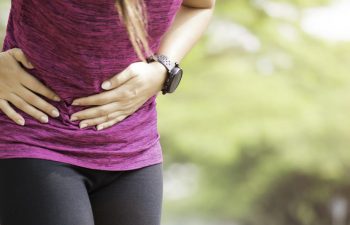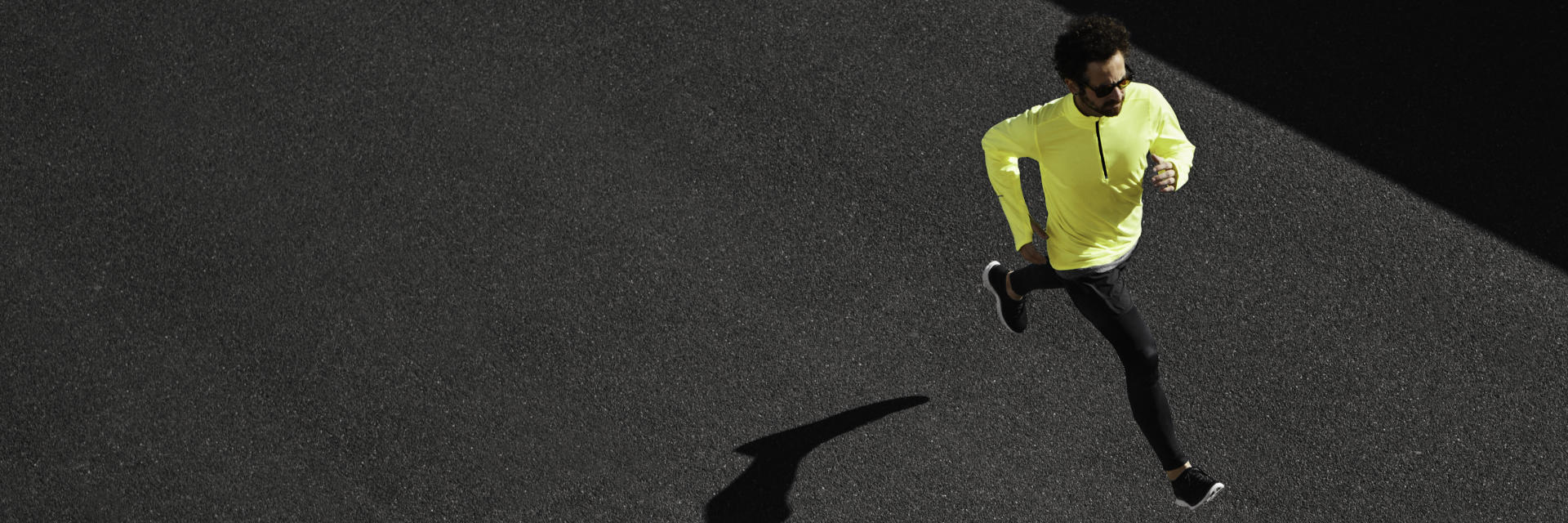
Are you experiencing pain in your pelvic region – anywhere in the groin, lower abdomen or inner thigh (the adductor region)? If so, it could be an athletic pubalgia, a strain or sprain commonly referred to as a sports hernia, even though it is not a hernia.
Athletic pubalgia is damage to the muscles, ligaments or tendons in the groin. In contrast, a hernia is an opening in the abdominal muscles allowing for protrusion of the intestine or other soft tissue.
Sports Hernias Affect Non-Athletes, Too
A sports hernia is common in athletes, but non-athletes can get it, too. Usually, strenuous sports induce the injury – especially high-contact sports like football, hockey, wrestling, rugby and hurdling. But anything can cause it, and many patients are unsure when the hernia started.
What Causes a Sports Hernia?
Sports hernias are caused by repetitive or explosive actions, notably pelvic twisting, which causes tearing. Also, a quick change in direction can strain muscles and soft tissue. The discomfort usually goes away after rest, but comes back when you bend or rotate your body.
Sports Hernia Treatment
An untreated sports hernia can cause persistent pain, preventing you from returning to activities. Without therapy, the pain will worsen, and if left untreated, the tears can turn into inguinal hernias.
Sports hernia surgery may be required if non-conservative measures fail. However, about half of patients recover with non-surgical treatment. The treatment type depends on the sports hernia’s location, the tissues affected and how long you have been afflicted.
General practitioners may misdiagnose sports hernias; thus, you should see a groin or hernia expert. Furthermore, few physicians or surgeons offer treatment for it. Core Surgical is one of a few specialists who can diagnose and treat advanced sports hernias.
Prevention is the Best Path
You could avoid a sports hernia with preventive measures. While you can’t wholly avoid pelvic tension, you can help lessen the strain on your muscles and organs. Here are some tips for when you exercise:
- Warm-up thoroughly before weightlifting because muscles, tendons and ligaments can be injured when cold
- Start slowly with a new fitness program or sport and build up your activity level
- Lift with proper form, especially with free weights, and start light, gradually increasing the weight
- Never bend from the waist
- Maintain a balanced fitness plan with aerobic, strength and flexibility exercises, including plenty of core strengthening abdominal exercises
- Maintain a healthy weight and diet, getting enough fiber in your diet to avoid constipation
- Drink enough water to avoid constipation and preserve muscle health
- Stop if it hurts
Preventing sports hernias is the best option. However, if you have groin pain and suspect a sports hernia, consult the expert staff of board-certified physicians at Core Surgical. We are highly experienced in treating groin injuries like sports hernias. We are a leading sports hernia treatment center in New York, so do not hesitate to call our clinic to make an appointment.
Posted on behalf of
133 E 58th St Suite 703
New York, NY 10022
Phone: (212) 628-8771
Email: frontdesk@coresurgicalmd.com
Monday - Thursday: 9:00AM to 5:00PMFriday: 9:00AM to 4:00PM
Saturday - Sunday: Closed
